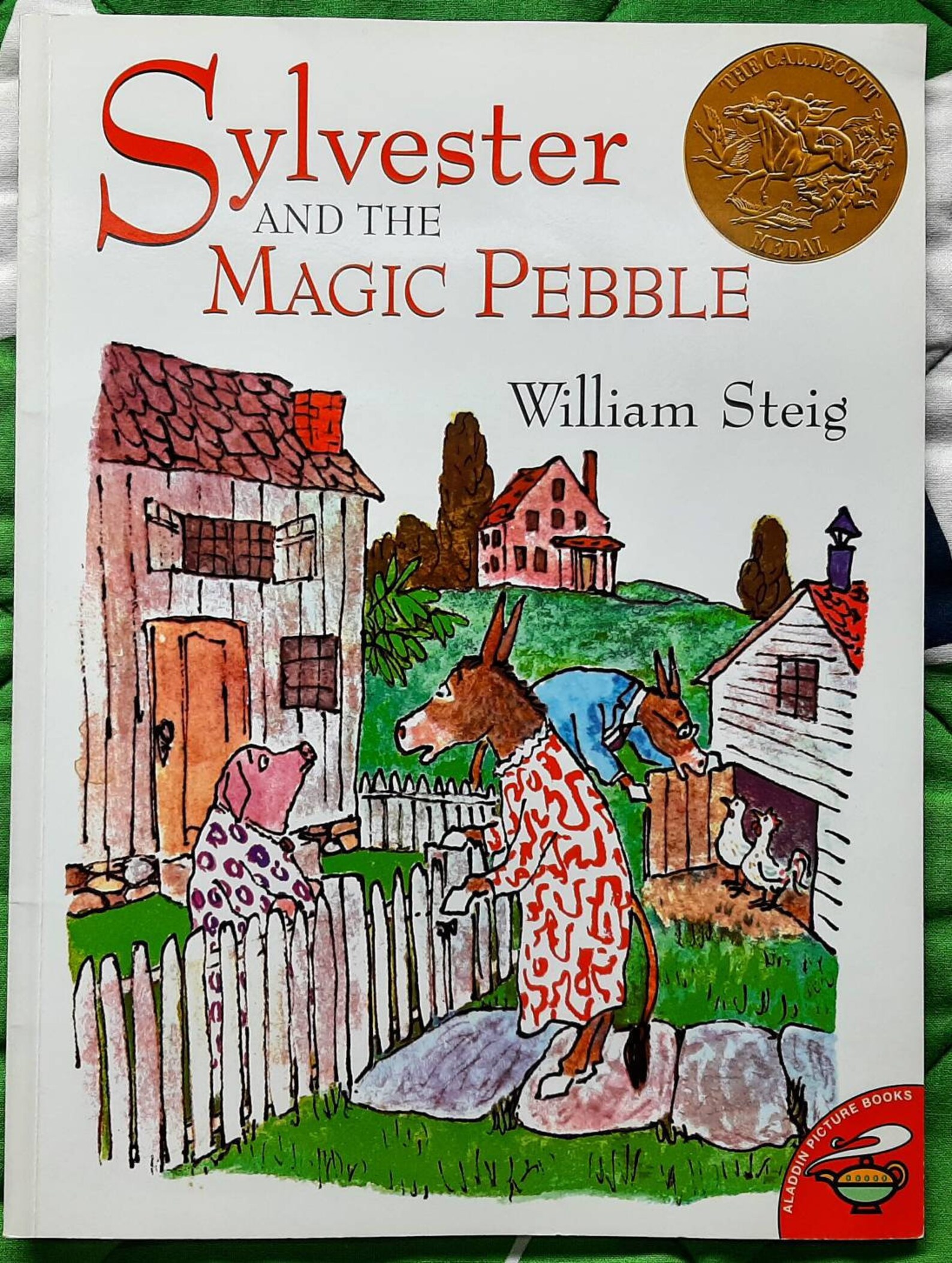In a world replete with fantastical tales, few narratives resonate quite like “Sylvester and the Magic Pebble,” a timeless classic penned by William Steig. The book delicately weaves themes of fear, desire, and the transformative power of self-discovery. While ostensibly a children’s story, its rich layers of meaning beckon readers of all ages, inviting introspection and reflection. For those resonating with its core message, this enchanting tome offers not just whimsy and adventure but also a profound commentary on the complexities of life.
At the heart of this charming narrative is Sylvester, a young donkey whose innocent and adventurous spirit captures the essence of youthful curiosity. Sylvester’s character embodies the universal quest for happiness and fulfillment, appealing to individuals who have experienced a longing for the exotic and unknown. This quest manifests itself when Sylvester stumbles upon a magical pebble that grants him wishes, leading him to believe he can effortlessly manipulate his circumstances. Such a fanciful premise invites readers to explore the very nature of wishes and desires, encouraging contemplation on the impact of our decisions and aspirations.
As the plot unfolds, Sylvester inadvertently wishes himself into a predicament, transforming into a rock after wishing to be a fierce creature capable of warding off his fears. This poignant turn of events serves as a cautionary tale about the unforeseen consequences that often accompany our wishes. Here, Steig delicately underscores the idea that the grass is not always greener on the other side, a realization that many come to at various points in their lives. The moment serves as a pivotal reminder to remain grounded despite the allure of instant gratification.
The enchanting narrative dances between whimsy and gravity, deftly interspersing light-hearted moments with insights into the human condition. Steig’s language is both lyrical and evocative, painting vivid images that captivate the imagination. The pastoral landscapes and charming animal characters create a quaint setting where the extraordinary becomes commonplace. Through Sylvester’s adventures, readers encounter a myriad of emotions, allowing them to glean wisdom from the little donkey’s escapades.
Sylvester’s plight transcends the realm of fiction; it mirrors real-life experiences that individuals face when grappling with the balance between fantasy and reality. The longing for escape is a sentiment shared universally, particularly as one navigates life’s uncertainties. The magical pebble symbolizes the tools we often seek to alter our destinies. Yet, the tale implores us to ponder the implications of wielding such power. When faced with the opportunity to change our circumstances instantly, do we stop to consider the potential repercussions? This moral complexity makes Steig’s narrative a treasured exploration of the human psyche.
While “Sylvester and the Magic Pebble” is undeniably enchanting, its themes extend beyond youthful whimsy. The process of unlearning and reexamining our relationships with desires encapsulates a sentiment intrinsic to growth. Sylvester’s eventual reunion with his family serves as a poignant reminder of what truly matters—love, connection, and the simple joys of life. As he is transformed back from a rock to a donkey, the ensuing joy between family members encapsulates the beauty of being present in the mundane moments that sometimes slip away from our hurried lives.
Readers are beckoned to reflect on their own aspirations through Sylvester’s journey. How often do we desire the unattainable, only to find that simplicity holds the key to our happiness? The desire for a magical solution often overshadows the profundity of our everyday relationships and experiences. Steig’s narrative articulates this subtle truth, evoking a sense of nostalgia that resonates deeply with those who have wandered down their own meandering paths of self-discovery.
The book has garnered critical acclaim not only for its captivating storytelling but also for its stunning illustrations. The artwork complements the narrative beautifully, drawing readers into the vividly rendered world of Sylvester and his companions. Each page invites readers to linger, allowing the visuals to further amplify the emotions portrayed in Steig’s text. This seamless integration of art and story creates an immersive experience that captivates child and adult alike.
In conclusion, “Sylvester and the Magic Pebble” is an extraordinary journey that transcends age and time. It whispers profound truths about the nature of desire, the importance of family, and the unforeseen consequences of our wishes. For those who identify with its message, the tale serves as an essential reminder to embrace life’s unpredictable ebbs and flows rather than seeking to escape them. As readers venture alongside Sylvester, they may find themselves questioning what truly constitutes magic in their own lives. Is it fantastic wishes or the everyday moments brimming with love and connection? This exploration compels us to confront the realities of our aspirations, allowing us to grow and savor the beauty that surrounds us.









Leave a Comment